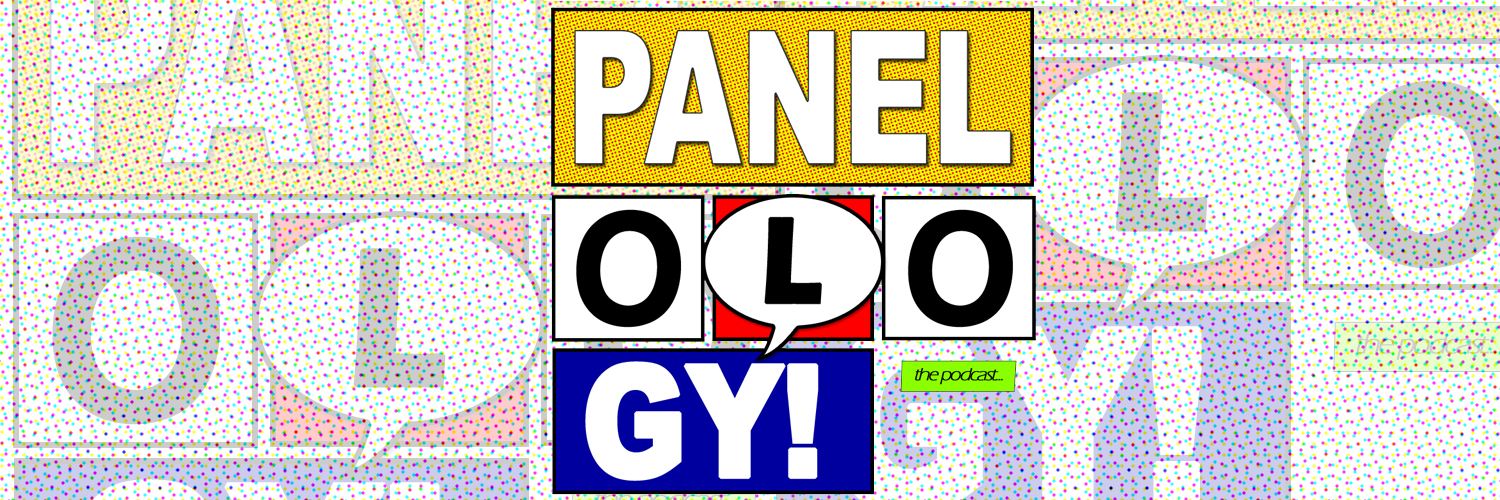The Rebirth-era Wonder Woman series has a non-traditional story structure. Its odd-numbered issues are set in continuity’s present day—“The Lies” collects its first arc. Even-numbered issues tell a different story: Wonder Woman’s origin.
Greg Rucka’s goal with his run on Wonder Woman is to address the character’s myriad, disparate histories. While his explanation for why there are so many versions of Diana’s history will play across his entire twenty-five issue run, “Year One” cuts to the chase as far as telling the story of why she left Themyscira and what happened immediately after. He peppers subtle connections to her present throughout this arc, but it stands on its own as a solid, enjoyable version of her origin.
The biggest surprise here is Barbara Ann Minerva, the Cheetah. Rucka positions her as an Indiana Jones-type archeologist and professor. She begins as an ally to Diana, Steve, and Etta. When no one can understand Wonder Woman’s pidgin language, Minerva becomes her teacher, interpreter, and friend. I appreciate taking a character whom I dismiss as indiscriminately angry and giving her more depth. There is even have an “Interlude” issue that delves into why Minerva’s into archeology and the ways her colleagues have dismissed her research.
Where Liam Sharpe’s odd-numbered issues’ art is dark and twisted, Nicola Scott takes a more open, bright-eyed approach to drawing Wonder Woman. Her Diana is strong, with fluid motion; but my favorite part is the way Scott draws her face. She’s young, she’s seeing the world for the first time, and she’s awash in awe and surprise and confusion and uncertainty and fear. Bilquis Evely takes her place on the “Interlude” issue (and the even-numbered issues that come after “Year One”); Evely’s style is a little more shadowy and less smooth; but it’s every bit as open, with the same sense of exploration and adventure. And Romulo Fajardo, Jr.’s colors unite the two, bringing their lines to life with a gorgeous sense of lighting.
After reading “The Lies” I felt like I needed to keep reading Rucka’s run as a whole to know how I felt his present-day story; its success, for me, is linked to its payoff. “Year One” is its own, contained story, however; and it definitely works. It is exuberant and optimistic, and it balances familiarity with reinvention. If you’re looking for a good Wonder Woman origin story, this is it.
Collected in
- Wonder Woman, Vol. 2: Year One (#2, 4, 6, 8, 10, 12, 14)
Credits
Writer: Greg Rucka | Artists: Nicola Scott, Bilquis Evely (“Interlude”) | Colorist: Romulo Fajardo, Jr. | Letterer: Jodi Wynne | Covers: Nicola Scott & Romulo Fajardo, Jr.

